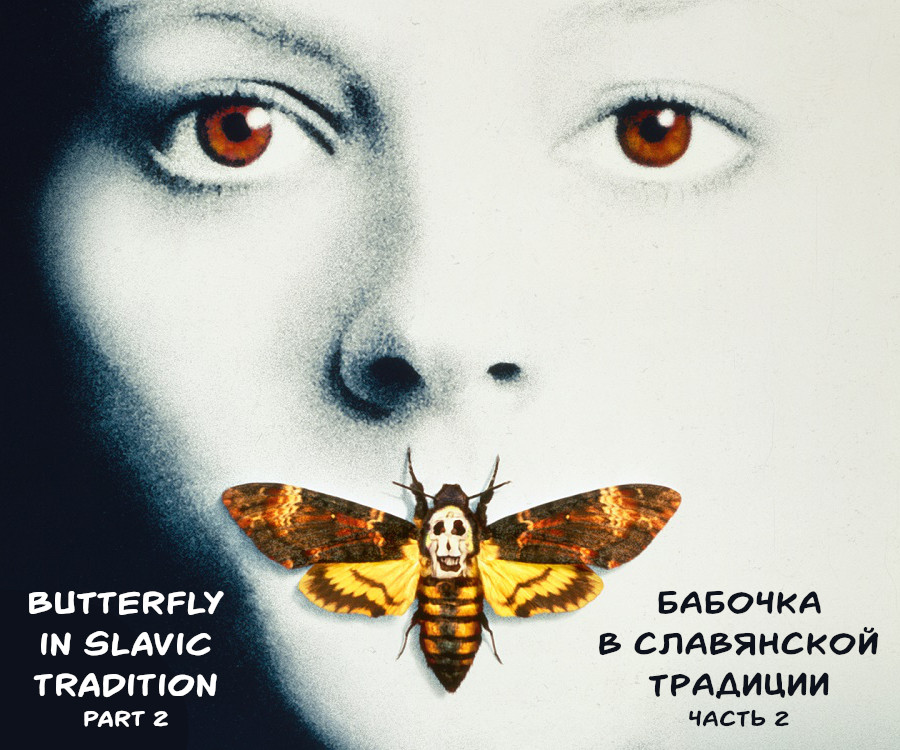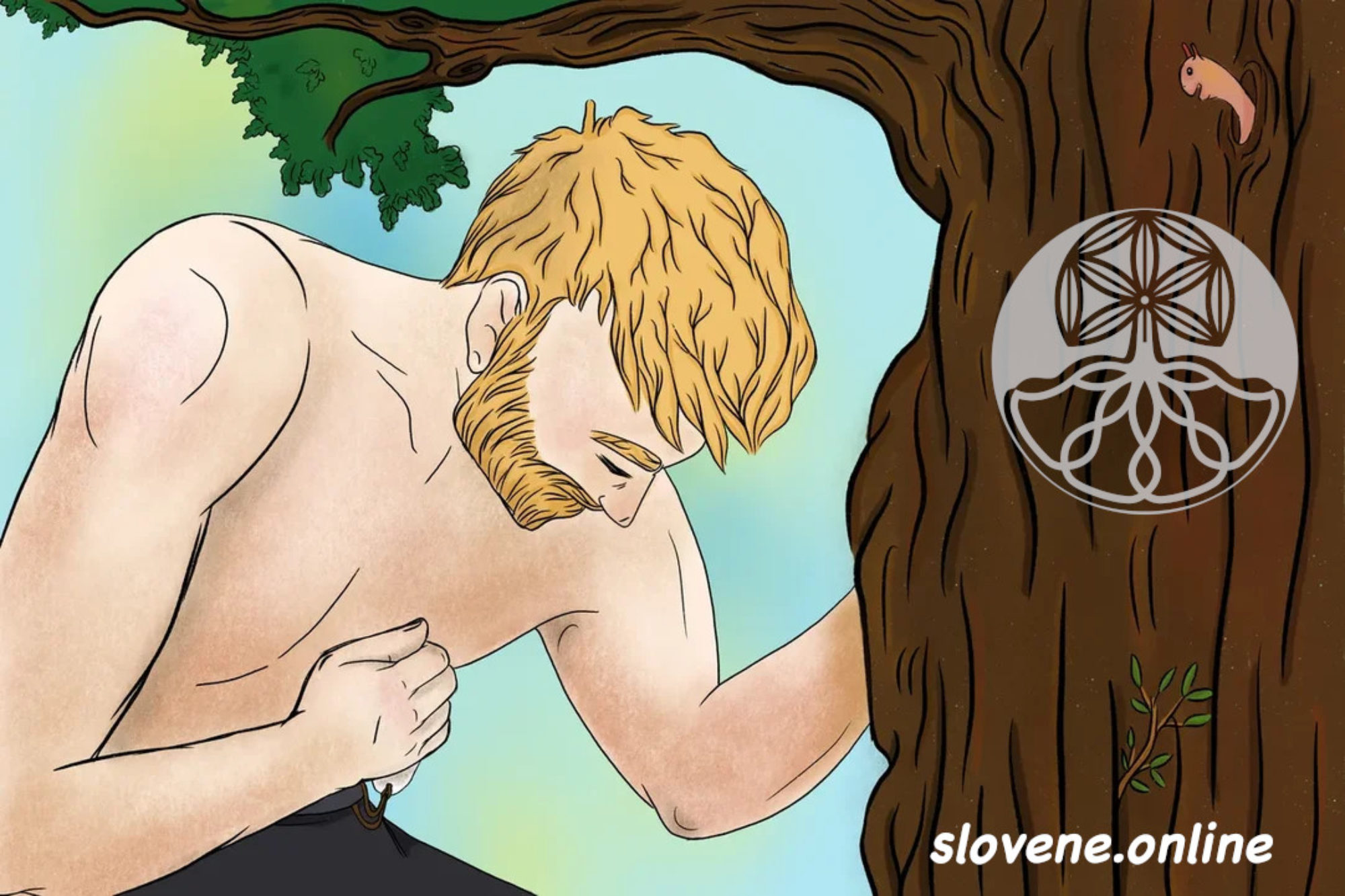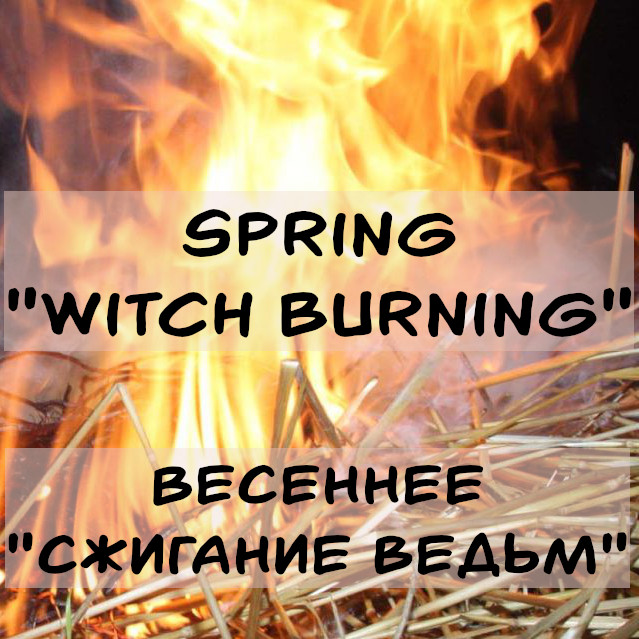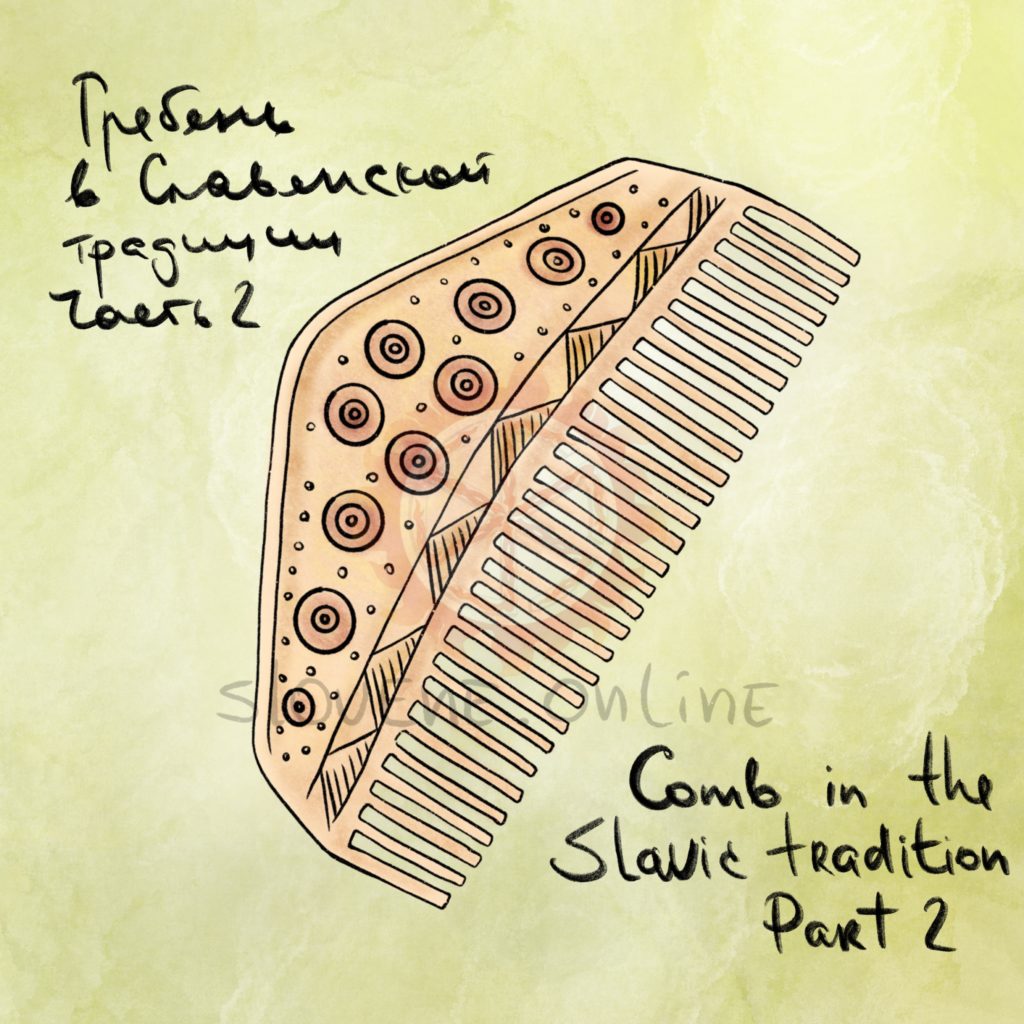It’s hard to believe, but some people thought that a butterfly is an evil, demonic soul, and a messenger of death (for example, if it flew into the room of an ill person, that was a sign of the imminent death). The South Slavs believed that when the veshtitsa (witch) falls asleep, her soul in the form of a butterfly strangles, sucks blood, steals milk or fire, etc. And if her body is turned face down, her soul will not recognize it, and will remain a butterfly of a striking color like black and red or black and yellow. When the body of a vampire is burned or pierced with a stick, as the Serbs believed, his soul also flies out in the form of a butterfly or many butterflies. To neutralize him, the butterfly had to be killed.
ꏍ
Western Slavs also associated these cute insects with death, disease, and demons. This is reflected in the name of the butterfly in different West Slavic dialects: diabel, čertica, mara, vampir, bieda, etc. The most frequent association with evil and death is represented by the butterfly called “Dead Head” (Acherontia atropos), which even was featured in the movie “The Silence of the Lambs”.
ꏍ
After that, will you be able to look at the butterflies with the same eyes, especially the black and yellow ones?
ꏍ
More interesting facts can be found in: “Slavic Antiquities” – encyclopedic dictionary in 5 volumes by Institute for Slavic Studies of the Russian Academy of Sciences.




